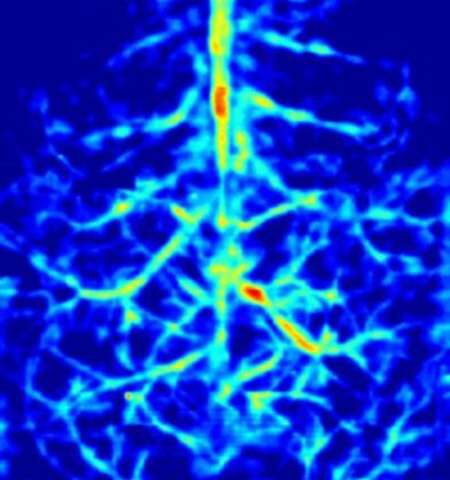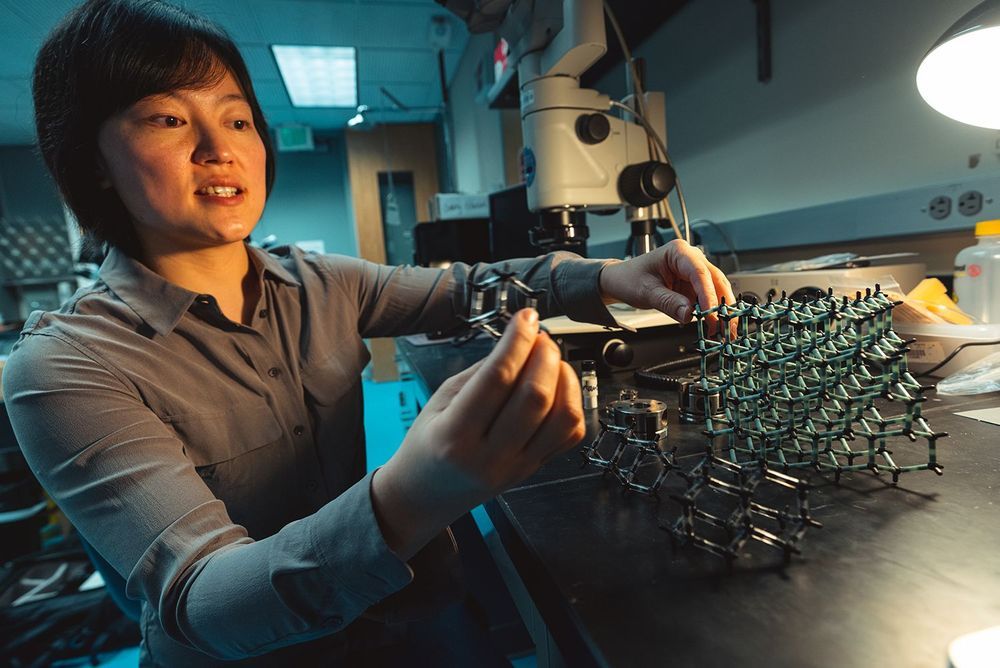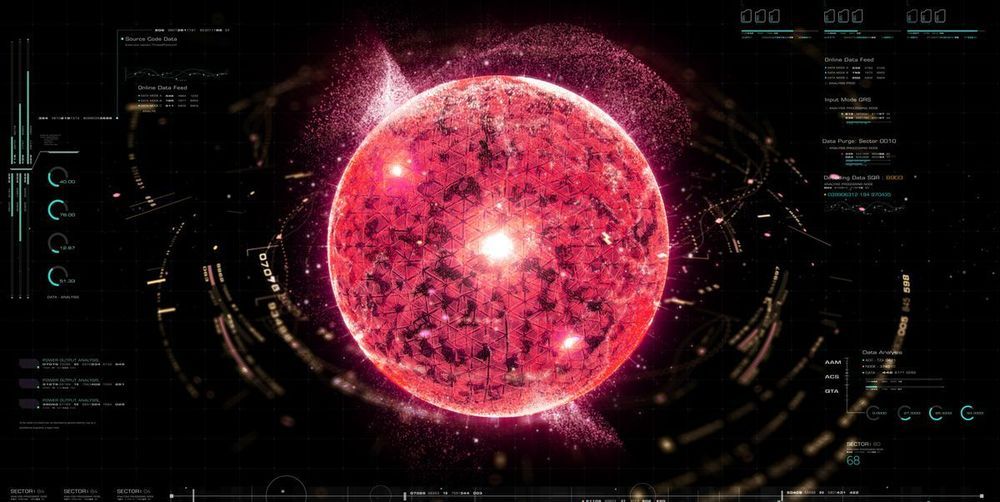Feb 26, 2020
Advancement simplifies laser-based medical imaging
Posted by Quinn Sena in categories: biotech/medical, materials
Photoacoustic imaging, a technique for examining living materials through the use of laser light and ultrasonic sound waves, has many potential applications in medicine because of its ability to show everything from organs to blood vessels to tumors.
Caltech’s Lihong Wang, a pioneer in the field, has developed variants of photoacoustic imaging that can show organs moving in real time, develop three-dimensional (3D) images of internal body parts, and even differentiate cancerous cells from healthy cells.
Wang, Bren Professor of Medical Engineering and Electrical Engineering, has now further advanced photoacoustic imaging technology with what he calls Photoacoustic Topography Through an Ergodic Relay (PATER), which aims to simplify the equipment required for imaging of this type.




 Superfluid helium, describable by a two-component order parameter, exhibits only the Bogolubov mode with energy $\to 0$ at long wavelengths, while a Lorentz-invariant theory with a two-component order parameter exhibits a finite energy mode at long wavelengths (the Higgs Boson), besides the above mass-less mode. The mass-less mode moves to high energies if it couples to electromagnetic fields (the Anderson-Higgs mechanism). Superconductors, on the other hand have been theoretically and experimentally shown to exhibit both modes. This occurs because the excitations in superconductors have an (approximate) particle-hole symmetry and therefore show a similarity to Lorentz-invariant theories.
Superfluid helium, describable by a two-component order parameter, exhibits only the Bogolubov mode with energy $\to 0$ at long wavelengths, while a Lorentz-invariant theory with a two-component order parameter exhibits a finite energy mode at long wavelengths (the Higgs Boson), besides the above mass-less mode. The mass-less mode moves to high energies if it couples to electromagnetic fields (the Anderson-Higgs mechanism). Superconductors, on the other hand have been theoretically and experimentally shown to exhibit both modes. This occurs because the excitations in superconductors have an (approximate) particle-hole symmetry and therefore show a similarity to Lorentz-invariant theories.











